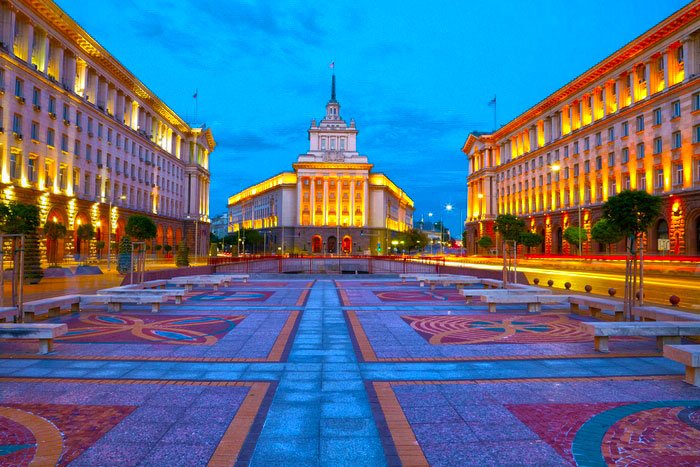Historical Writings and Landmarks in Simple Language
Prohibition at the Temple Court
“No Gentile may pass beyond the railing into the court round the Temple; he who is caught trespassing will bring death upon himself.”
There was a rule that only certain people could enter the Temple courtyard. If someone who wasn’t allowed entered, it was considered a serious offense Sumptuous Seafood Creations, and they might face severe consequences.
Pottery from Cadesh and Jerusalem
Also some pottery from Cadesh and Jerusalem.
In addition, there were pottery items discovered from Cadesh and Jerusalem. These artifacts might provide insights into the history and culture of these places.
Restoration by Emperor Emmanuel
“This divine work, which time had defaced, was restored by the pious Emperor Emmanuel.”
A significant piece of work that had been damaged over time was repaired by the Emperor Emmanuel, who was known for his strong religious beliefs.
Construction of the Castle in 1452
The Castle was built in 1452 by Muhammad II. on the site of the Byzantine State Oubliette, out of materials from Christian churches and other buildings demolished for the purpose, and by the forced labor of large gangs of Greeks.
The castle, constructed in 1452 by Muhammad II Istanbul Fun Tours, was built on the location of the Byzantine State Oubliette. Materials from Christian churches were used, and many Greeks were forced to work on the project.
Unique Features of the Citadel
A particular feature of the fortress is that the plan of its walls represents four gigantic Arabic letters—the four letters which form Muhammad’s own name.
The fortress had an interesting design where the walls formed four large Arabic letters, spelling out Muhammad’s name.
Citadel’s Use After Constantinople’s Fall
After the taking of Constantinople, this citadel served as a place of confinement for Christian captives, among the first to be incarcerated being the Knights of Malta, taken prisoners of war.
Following the capture of Constantinople, the citadel was used to imprison Christians, including the Knights of Malta who were captured during wars.
Historical Crossing Point
Just above the towers is the spot where Darius and his army crossed to Europe over the bridge of boats constructed by the Samian Mandrocles, and where also the Goths and Crusaders crossed into Asia.
Near the towers, there is a historical location where Darius and his army crossed to Europe using a boat bridge. Additionally, the Goths and Crusaders also used this point to cross into Asia.
Villa of Rechid Pasha and Treaty Signings
At Balta Liman, just above the promontory, is the villa of Rechid Pasha, at one time Grand Vizier under Abdul-Aziz, where the treaties of 1838 and 1841, and those of 1849, relating to the Danubian tributary states, were signed.
Above the promontory, there is Rechid Pasha’s villa, where important treaties related to the Danubian tributary states were signed in 1838, 1841, and 1849.









